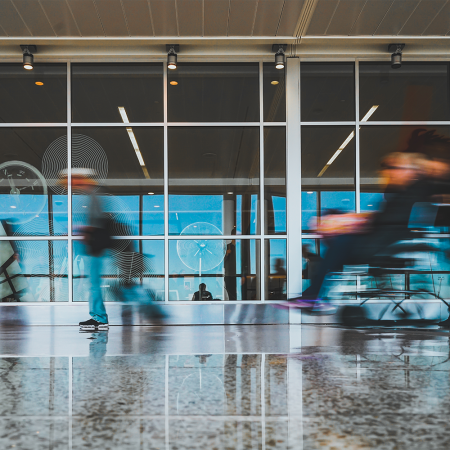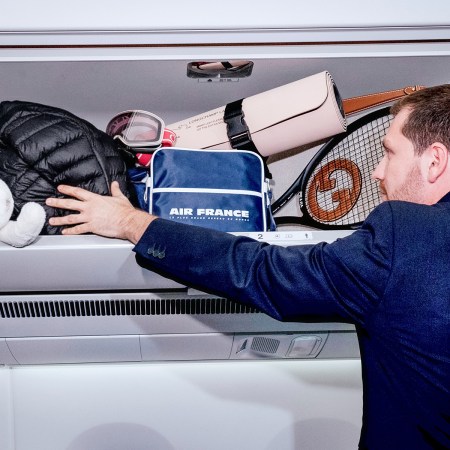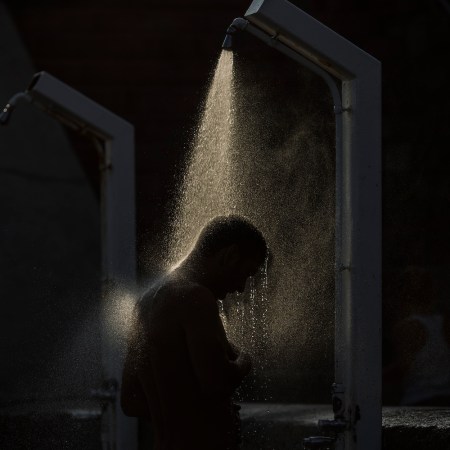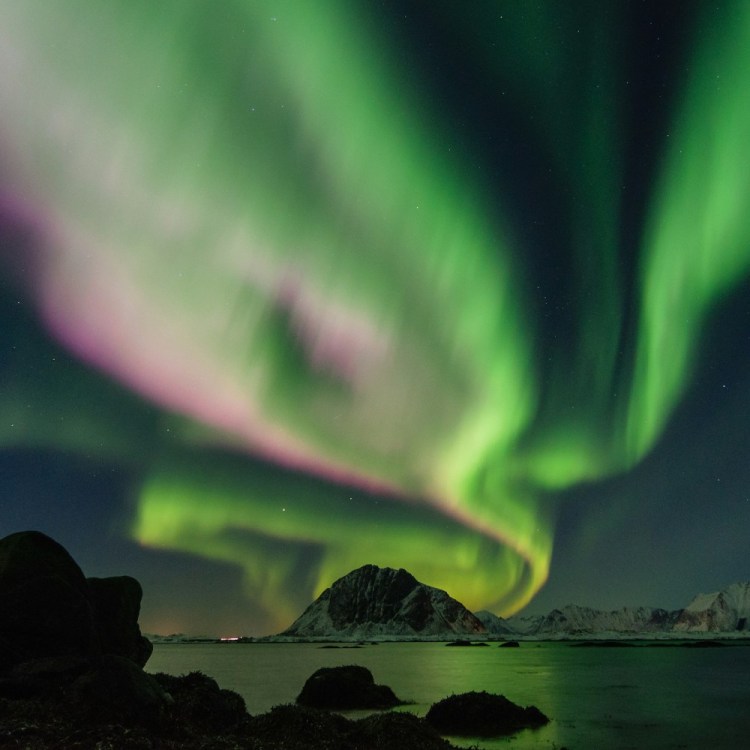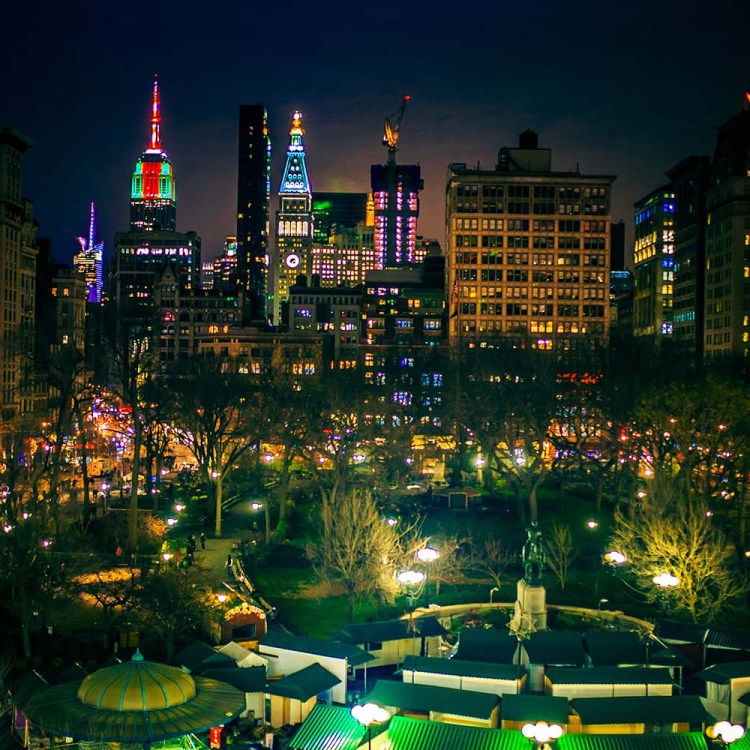It’s time to rethink the camera phone and what it’s doing to the way we travel.
Last October, I found myself touring the Sheesh Mahal — “the Palace of Mirrors” — inside India’s Agra Fort. Built between 1631 and 1640 by the Mughal Emperor Shah Jahan (of Taj Mahal fame), the structure is a marvel of craftsmanship and history. I remember that much from the lesson. What’s harder to forget is the group of French tourists who spent their entire visit aggressively herding me — and everyone else within range — out of their photos. Wherever I stood, they hovered impatiently behind, insisting I move. It was maddening. Worse still, they seemed utterly indifferent to the palace’s significance, consumed instead by their quest for the perfect shot, as though it was merely a backdrop for their personal highlight reel.
To be clear, this isn’t a uniquely French phenomenon, or even a site-specific one. It’s a symptom of a much broader problem: we’re all increasingly experiencing the world from behind our phone screens. Myself included.
I’m far from the first person to say this, and some destinations have already begun pushing back. In 2023, the Italian seaside town of Portofino tried to discourage tourists from lingering too long in selfie hotspots by threatening fines of €275 (about $300) for those who blocked foot traffic in designated red zones. The Sistine Chapel has long banned photography altogether. Disney banned selfie sticks. The message is clear: something’s got to give.
But I’d argue the real change should start with us — and that maybe, just maybe, the simplest fix is to stop documenting everything on our phones. Or to at least question why we feel compelled to.
The Journey by InsideHook
Join over 100K travelers seeking trip ideas, the latest travel news, and all the inspiration you need for your next vacation.
For the record, I love photography. I take photos constantly, whether I’m traveling or not. So when I’m somewhere new, it’s not unusual for me to return home with hundreds of images. But how often do I actually look through them? Almost never. And on the rare occasion that I do, I’m usually scrolling past 10 or 15 near-identical shots of the same landmark, wondering how much time I spent taking them, what I might’ve missed while I did and whose experience I may have hindered in the process.
So what if we just…stopped? What if we didn’t rely on our phones as the primary vessels for memory-making? I know it sounds like a radical suggestion, but let’s not forget: until the early 2000s, that was simply how it was. Just this week, a Redditor posted in r/travel asking, “How was travel different before camera phones?”
“People were not obsessed with getting the perfect photo. Most people traveled with a simple camera and didn’t really care about getting the perfect shot. It was very, very different. Places were not Instagram famous,” another user responded. “Or, if you didn’t have a camera, you would just tell people about your travels without showing any visual evidence.”

Lately, there’s been a quiet resurgence of disposable cameras, thanks in part to Gen Z (though let it be known that I, a Millennial, was using them as early as 2002). And honestly, it’s changed the way I travel. Disposables may not be cutting-edge technology, but they’ve reminded me how liberating it feels to have just one shot. You frame it, take it and move on — no do-overs, no obsessing. Once the shutter clicks, it’s over. And just like that, you’re back in the moment. Present again. I eventually went on to “upgrade” to a Camp Snap — a screen-free digital camera with similar functionality — because I enjoyed the delayed gratification so much.
Of course, one could argue that film doesn’t always turn out. Or that they won’t like the one shot they did get. But that’s showbiz, baby! I recently got back a roll of film from my birthday trip to Japan, and most of the shots were ruined due to exposure. Was I disappointed? Sure. But it didn’t diminish the experience itself. I didn’t get to post a photo of the absinthe cocktail I toasted my 34th year with, but truly…who cares? I still remember the moment perfectly.
Then there’s the more practical argument: most people rely on their phones to navigate unfamiliar cities. Fair enough. That’s a perfectly valid use. I’m not suggesting you forfeit your phone entirely. (Although you could. I spent a decent chunk of my youth riding shotgun in my mom’s car, reading aloud from MapQuest printouts, and we almost always got where we were going. Before that, people used actual paper maps and survived.) But maybe it’s worth rethinking the lens through which you’re experiencing the world. If that lens is your phone — and it probably is — maybe try something a little more primitive.
Or, if you’re feeling really wild, you could just use your eyes.
This article appeared in an InsideHook newsletter. Sign up for free to get more on travel, wellness, style, drinking, and culture.




